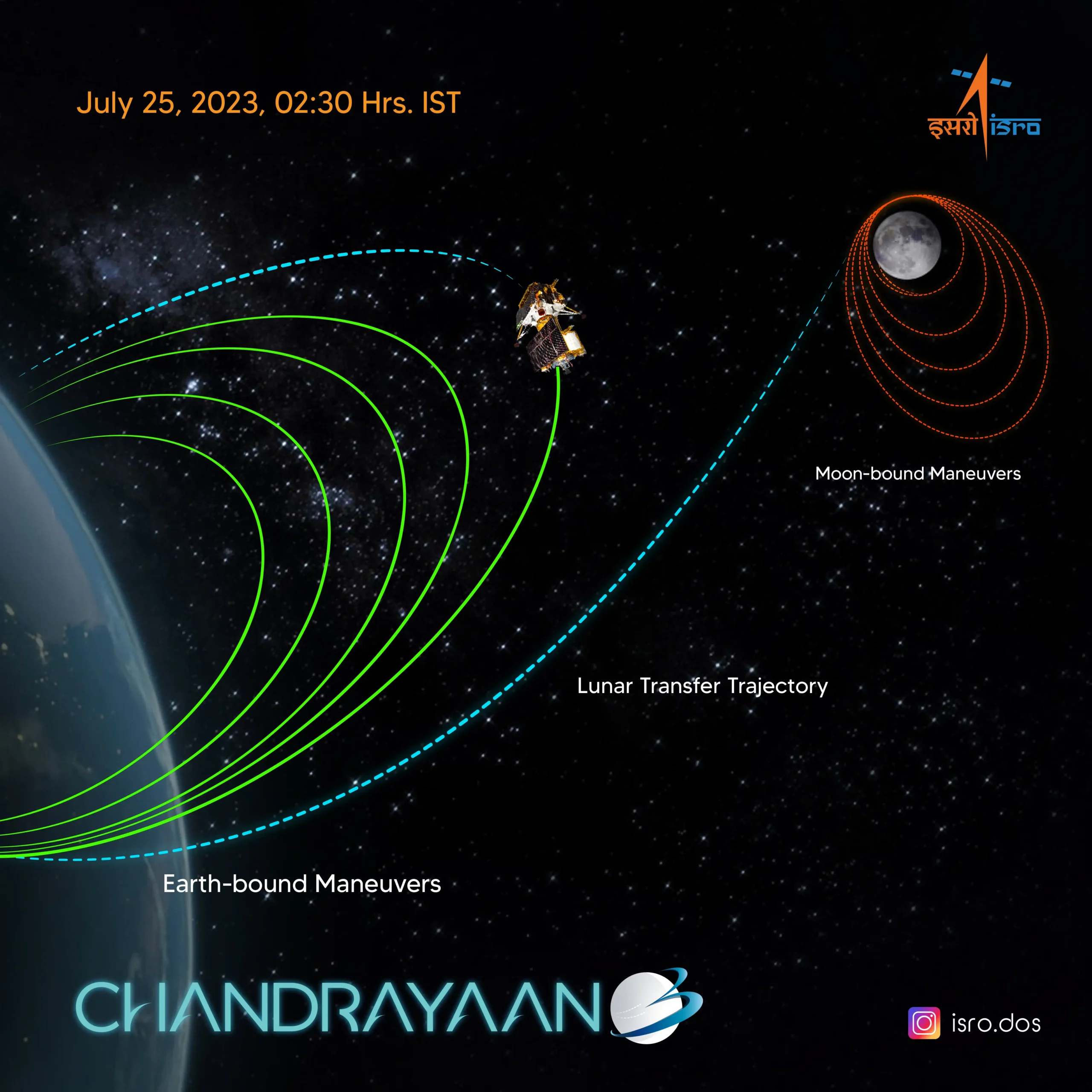India has once again captured the world’s attention with its ambitious space exploration endeavors. The upcoming Chandrayaan-3 mission is set to propel the country’s scientific prowess and technological capabilities to new heights. Building on the success of its predecessors, Chandrayaan-1 and Chandrayaan-2, this mission represents a giant leap forward for India’s space program.
Chandrayaan-3 is an unmanned lunar exploration mission that aims to land a rover on the moon’s surface. This will be a significant milestone for India as it strives to establish itself as a major player in the global space community. The mission will not only demonstrate India’s technological achievements but also contribute to our understanding of the moon’s geology and resources.
One of the key objectives of Chandrayaan-3 is to further explore the south polar region of the moon, an area that has not been extensively studied before. The mission will involve collecting valuable data about the presence of water ice, minerals, and other resources. This information will be crucial for future lunar missions and potentially even for establishing a permanent human presence on the moon.
The Chandrayaan-3 spacecraft will consist of an orbiter, a lander, and a rover. The orbiter will be responsible for observing the lunar surface from an altitude of around 100 kilometers. It will capture high-resolution images and gather data about the moon’s topography and mineral composition. The lander will perform a soft landing on the moon, while the rover will traverse the lunar surface, conducting experiments and collecting samples.
India’s space agency, the Indian Space Research Organisation (ISRO), has made significant progress in developing the necessary technologies for the Chandrayaan-3 mission. The agency has successfully tested the lander and rover systems in simulated lunar conditions, ensuring their reliability and performance. This rigorous testing process reflects India’s commitment to ensuring the mission’s success.
The Chandrayaan-3 mission is not just about advancing scientific knowledge; it also holds great symbolic value for India. It showcases the country’s determination to achieve greater heights in space exploration and demonstrates its capability to undertake complex missions. This sends a powerful message to the global community, highlighting India’s emergence as a major player in the field of space science and technology.
Furthermore, the mission will foster international collaboration and cooperation. ISRO has invited other countries and space agencies to participate in Chandrayaan-3, opening up avenues for shared research and knowledge exchange. This collaborative approach reflects India’s commitment to global progress in space exploration and its willingness to contribute to the collective understanding of the universe.


